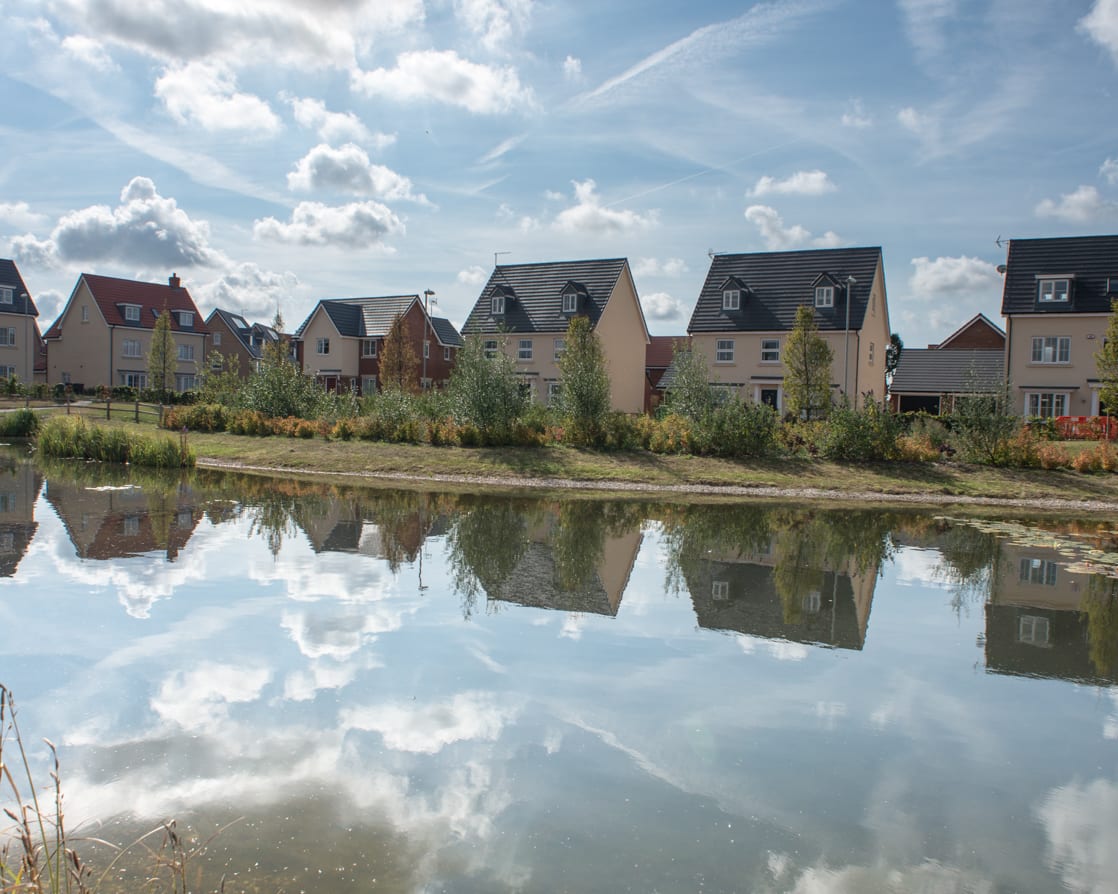When do you need planning permission?
You will usually need planning permission if you are going to build a new house, add an extension to an existing building or change the use of a building.
Change of use could be changing a commercial property into a residential property or changing an office into a restaurant.
How to find out if you need planning permission.
This is the first step, speak to the local authority for the town that the property is in.
Follow this link to find the council you will need to speak to.
https://www.planningportal.co.uk/?docRef=LocalInformation&scope=202&langid=0
What is permitted development?
Permitted development was introduced to take the pressure off the planning departments across the UK. It enables you to build or extend under certain conditions within specific limits.
To find out more about permitted development follow this link for interactive guides.
https://www.planningportal.co.uk/info/200234/home_improvement_projects

mortgage, remortgage, mortgages, remortgages, mortgage plus
What kind of projects are allowed under permitted development?
Outbuildings – A quick guide to the rules for permitted development.
- Not permitted at the front or side of the property, only to the rear.
- Not permitted within the grounds of a listed building.
- Can’t be bigger than 50% of the size of the original house on the plot.
- Can’t be used as living accommodation
- Must not have a TV antenna..
- Must not exceed 4 meters with a pitched roof.
- Maximum eves height is 2.5 meters.
- If the building is within 2 meters of the current property the maximum height is 2.5 meters.
- Decking can be added if it’s not higher than 30cm.
Single Story Extension – A quick guide to the rules for permitted development.
- Cladding, render or tiles to the outside of the building will need full planning permission.
- Will require full planning if they are the side or front of the building.
- The new extension must not be larger that 50% of the original house, including any other extensions and outbuildings. If 50% is exceeded full planning will be needed.
- Building materials must match the original house.
- Side extensions must not exceed half the width of the original house.
- The maximum height for a single extension under permitted development is 4 meters.
- If the extension is within 2 meters of a boundary then the maximum height for the eaves is 3 meters.
- The maximum length for a semi detached house is 3 meters.
- For a detached house it is 4 meters.
Double Story Extension – Are not allowed under permitted development. A full planning application must be made.
Loft Conversions – A quick guide to the rules for permitted development.
- Any new space created must not exceed 40 cubic meters for a terraced house.
- This is increased to 50 cubic meters for semi-detached and detached houses.
- Not development of the front aspect of the building is permitted.
- Similar materials must be used as the original building.
- Any roof extension can’t exceed the existing roof height.
- Balconies are not permitted.
- Side facing windows must be obscure glazed.
What is building control?
Building control is the minimum stand as set by the Building Regulations 2010 for design, construction and alterations made to every building. Building control is different from planning permission and you may need one or the other or both.
If you need to apply for buildings control you can make an application at this link:
https://buildingcontrol.planningportal.co.uk/
If you are considering a property extension, conservatory or loft conversion and would like to find out what your mortgage options are, we would love to hear from you.
Contact us
